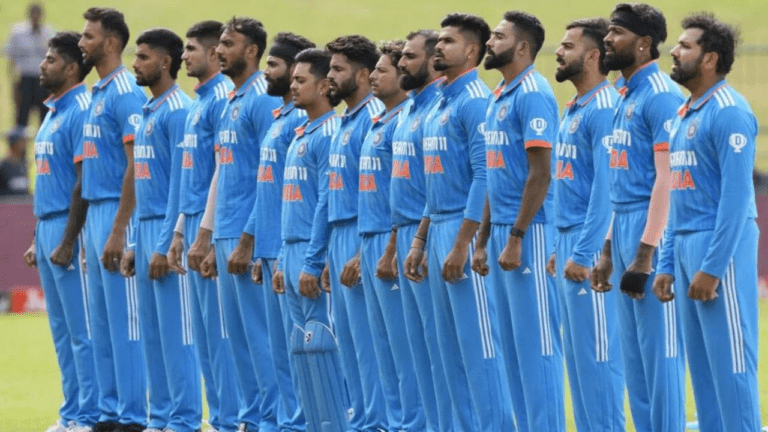The Evolution of IPL Auctions: Trends, Strategies, and Market Dynamics
11xPlay, Allpaanel: IPL auctions have witnessed a remarkable transformation since their inception in 2008. Initially, the auctions were relatively low-key affairs, with a limited pool of players and franchises adopting cautious strategies. However, as the league gained popularity and revenue, the auctions became extravagant events, attracting worldwide attention and featuring intense bidding wars for top players.
Over the years, the format and rules of the IPL auctions have undergone several changes to ensure fairness and competitiveness among the franchises. The introduction of player retention, Right to Match cards, and salary caps have added layers of complexity to the auctions, leading to more strategic planning and dynamic decision-making by team owners and management. This evolution has not only made the auctions more thrilling for fans but has also raised the stakes for teams as they strive to build winning squads within budget constraints.
History of IPL Auctions
The inception of IPL auctions dates back to the inaugural season of the Indian Premier League in 2008. An innovative concept introduced by the BCCI, the auctions brought together team owners, coaches, and players in a high-energy bidding war to form their squads for the upcoming season. The first auction saw players from around the world being bid for, setting the stage for a new era in cricket where talent and skill dictated the player’s worth.
Over the years, IPL auctions have grown in scale and complexity, reflecting the evolution of T20 cricket as a global phenomenon. The auction dynamics have shifted, with teams strategizing not only for immediate success but also for long-term sustainability. The rise of analytics and data-driven decision-making has further revolutionized the way teams approach player acquisitions, making the auctions a high-stakes affair where fortunes can change with a single bid.
What is the IPL Auction?
The IPL Auction is an event where franchise teams bid for players to build their squad for the upcoming season of the Indian Premier League (IPL).
When was the first IPL Auction held?
The first IPL Auction was held in 2008 for the inaugural season of the IPL.
How has the IPL Auction evolved over the years?
The IPL Auction has evolved from a closed-door event to a grand televised spectacle with live bidding and international players becoming an integral part of the auction process.
How do teams decide which players to bid for in the IPL Auction?
Teams have a strategy and budget in place before the auction, and they analyze the strengths and weaknesses of their squad to determine which players to target in the auction.
What is the role of the auctioneer in the IPL Auction?
The auctioneer is responsible for conducting the bidding process, announcing the bids, and ensuring a fair and transparent auction process.
Are there any restrictions on the number of players a team can bid for in the IPL Auction?
Each team has a limit on the number of players they can have in their squad, and they must adhere to the player retention rules set by the IPL governing council.
How do players prepare for the IPL Auction?
Players showcase their performance in domestic and international matches to attract the attention of IPL franchises, and they also participate in various T20 leagues to improve their market value before the auction.







